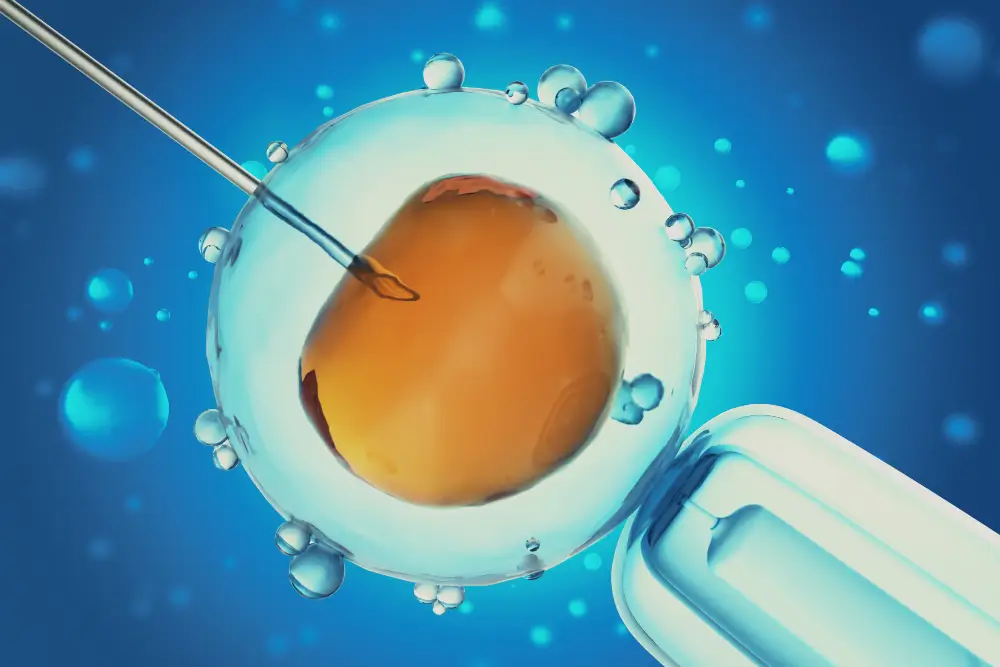
When it comes to in vitro fertilization (IVF), one of the most important decisions patients face is whether to proceed with a fresh or a frozen embryo transfer (FET). Both approaches have helped millions of families worldwide, but they differ in timing, preparation, and sometimes success rates. Understanding these differences can help you make an informed, confident choice.
What Is a Fresh Embryo Transfer?
In a fresh transfer, embryos are transferred into the uterus a few days after egg retrieval, usually between day 3 and day 5. Because the transfer occurs in the same cycle as stimulation, there’s no delay between egg collection and embryo implantation.
Advantages:
-
Shorter overall treatment time — no need to wait for another cycle.
-
Often preferred for younger patients with balanced hormone levels.
Considerations:
-
The body may still be recovering from fertility medications, which can affect the uterine lining.
-
In some cases, hormone fluctuations might reduce implantation rates.
What Is a Frozen Embryo Transfer (FET)?
In an FET cycle, embryos are frozen and stored after fertilization, then thawed and transferred in a later menstrual cycle when the body is hormonally optimized.
Advantages:
-
Allows the uterus to recover from stimulation before implantation.
-
Enables preimplantation genetic testing (PGT) for embryo quality.
-
Greater flexibility for timing and planning.
-
Studies increasingly show higher success rates and lower risks of complications (such as ovarian hyperstimulation syndrome).
Considerations:
-
Slightly longer overall timeline.
-
Thawing process requires careful handling by an experienced lab team.
Which Option Is Right for You?
Your fertility specialist will consider factors such as age, hormone levels, egg quality, and overall health when recommending the best approach. Many clinics today lean toward frozen transfers due to their consistency and strong clinical outcomes.
Ultimately, whether fresh or frozen, the goal remains the same: to create a healthy pregnancy and help you bring home your baby. Working with a trusted, experienced clinic—like Surrogacy4All—ensures that your journey is guided by science, compassion, and personalized care.

Dr. Pooja Patel
Dr. Pooja Patel is a Chief Surrogacy Coordinator at Surrogacy4all. She has 10 years of experience in Anesthesiology and critical care medicine.
She received her medical degree from Seth GS Medical College and K.E.M Hospital in India. She then completed an internship. She finished her Anesthesia residency at Grant Govt Medical College and JJ Group of Hospitals in India.





